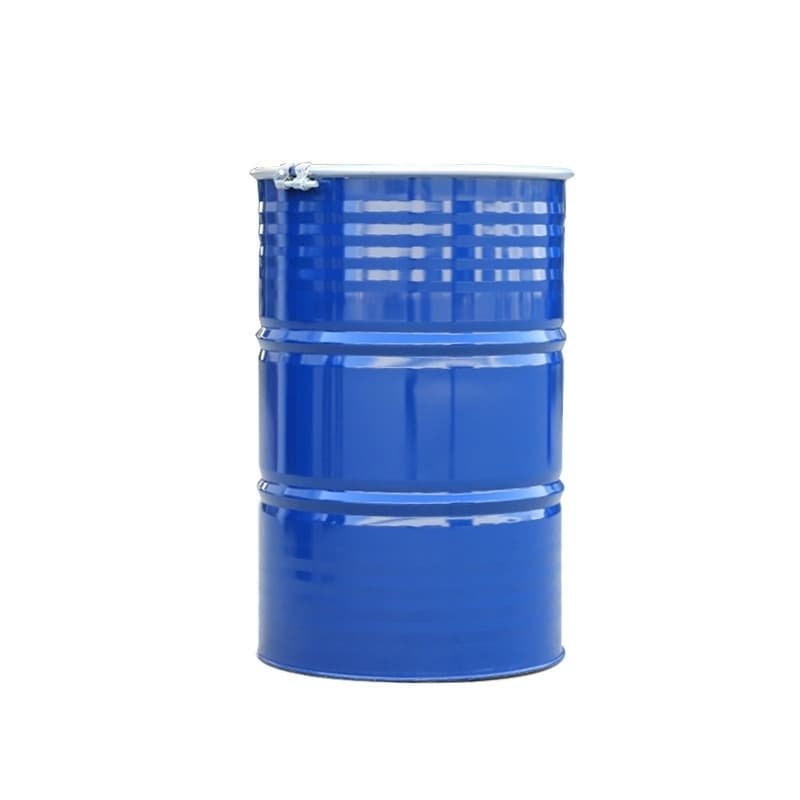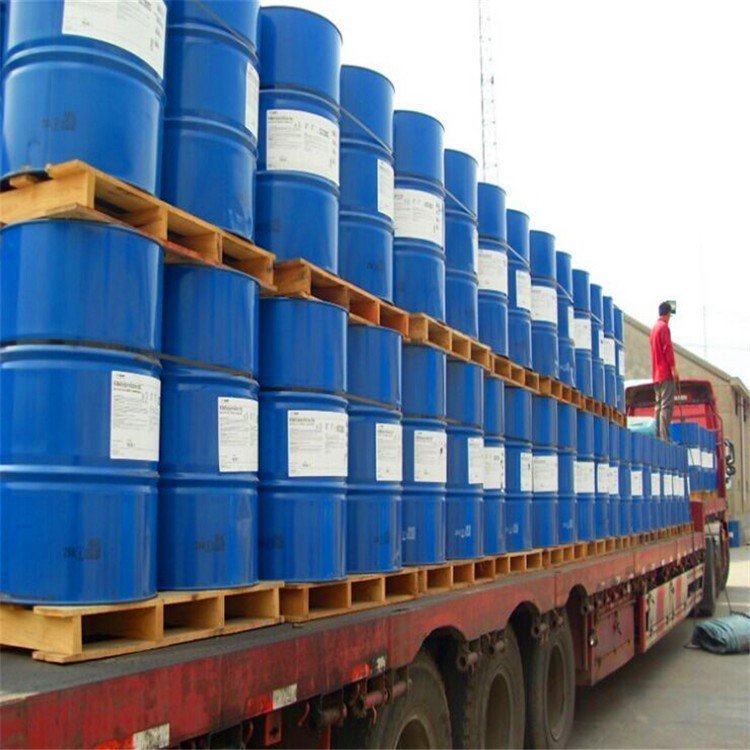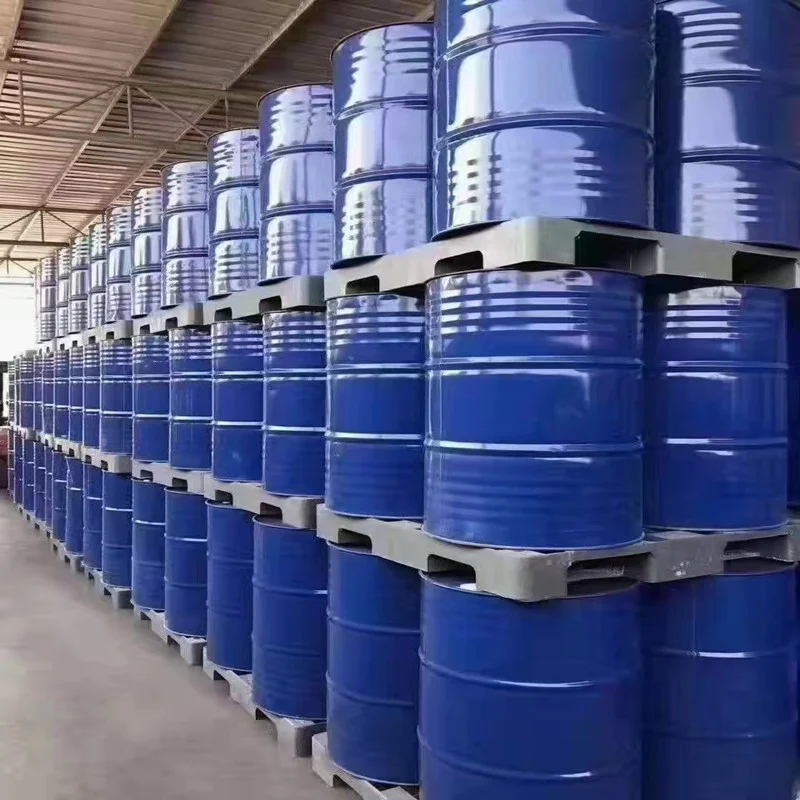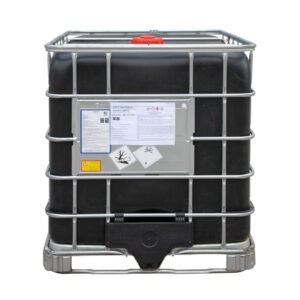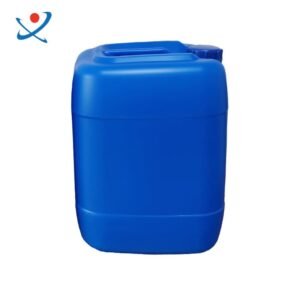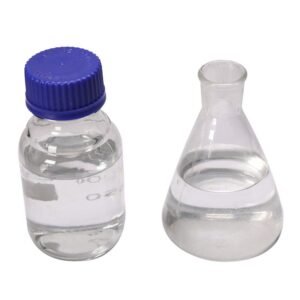Triethylamine, with the CAS number 121-44-8, is a colorless, volatile liquid characterized by a strong ammonia-like odor. It is commonly used in various chemical synthesis processes and has a wide range of applications in different industries.
Chemical Properties
Molecular Formula: C₆H₁₅N
Molecular Weight: 101.19 g/mol
Boiling Point: Approximately 89.5°C (193°F)
Freezing Point: Below -80°C
Solubility: Triethylamine is soluble in water (up to 112.4 g/L at 20°C) and miscible with common organic solvents like acetone and ethanol.
Uses and Applications
Triethylamine serves multiple roles in industrial and laboratory settings:
Organic Synthesis: It is primarily used as a base in the preparation of esters and amides from acyl chlorides. This process generates hydrogen chloride, which reacts with triethylamine to form triethylamine hydrochloride, a useful salt in various applications.
Catalyst and Solvent: It acts as a catalyst in the production of urethane foams and epoxy resins, and is also utilized as a solvent in paint removers and other chemical formulations.
Pharmaceuticals and Chemicals: Triethylamine is involved in the synthesis of various pharmaceuticals, dyes, and fragrances. It is also used in the production of high-energy fuels and liquid rocket propellants.
Corrosion Inhibitor: It is employed as a corrosion inhibitor in various applications, enhancing the durability of materials.
Health and Safety
Triethylamine is classified as a flammable liquid and poses several health risks:
Irritation: It can irritate the eyes, skin, and respiratory system. Inhalation may lead to pulmonary edema in severe cases, making it a potential medical emergency.
Toxicity: Prolonged exposure can affect the liver and kidneys, and it may cause allergic reactions in sensitive individuals.
Due to these hazards, proper safety measures, including the use of personal protective equipment (PPE), are essential when handling triethylamine.
In summary, triethylamine is a versatile chemical compound widely used in organic synthesis and various industrial applications, but it requires careful handling due to its flammable nature and potential health risks.
Triethylamine CAS 121-44-8
CAS No. 121-44-8
Other Name :
N,N-diethylethanamine;
TETN;
TEA
CAS No. 121-44-8
Other Name :
N,N-diethylethanamine;
TETN;
TEA
MF :C6H15N

